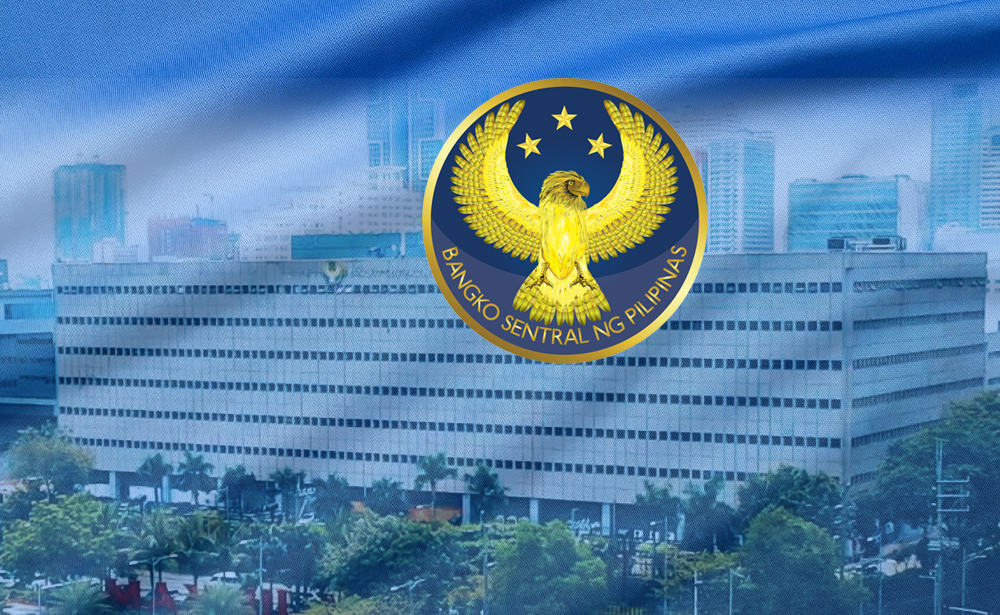The Philippines’ current account deficit grew to $9.2 billion in the first six months of 2025, widening by 13.6 percent from $8.1 billion a year earlier as imports far outweighed exports, the latest central bank data showed.
The January to June current account deficit stood equivalent to -3.9 percent of gross domestic product (GDP), widening from -3.6 percent in the corresponding period in 2024.
The Bangko Sentral ng Pilipinas (BSP) traced the expansion in the current account shortfall to a larger deficit in goods trade and lower trade services receipts.
In its quarterly balance of payments (BOP) report released late Friday, the BSP said goods imports during the period increased “amid resilient domestic demand and sustained economic growth.”
Trade in goods from January to June posted a deficit of $32.5 billion, up by 2.8 percent from $31.7 billion in the six-month period of 2024.
Imports of goods rose 7.3 percent to $64.4 billion from $60 billion a year earlier, while exports of goods increased 12.3 percent to $31.9 billion from $28.4 billion.
BOP deficit
As a result of the six-month current account shortfall, the overall balance of payments (BOP) swung to a deficit of $5.6 billion in the first half, reversing the $1.4 billion surplus recorded in the corresponding period in 2024.
Earlier, on August 8, the BSP reported that the BOP position as of end-July stood at a deficit of $5.8 billion, reversing a $1.5 billion surplus a year earlier.
The BOP records the country’s economic transactions with the rest of the world, including the current account, financial account and capital account.
The current account covers trade in goods; services such as business process outsourcing sector; primary income from investments; and secondary income from remittances.
Q2 current account gap
In this latest report released on Friday, the BSP also said that for the second quarter to June, the current account deficit narrowed to $5 billion, or down by 15.8 percent from $5.9 billion in the corresponding quarter of last year.
The second-quarter current account deficit was equivalent to -4 percent of GDP, lower than the previous year’s -5.2 percent.
The lower current account deficit in April to June was supported by stronger trade in goods.
Exports of goods grew 17.5 percent to $16.3 billion from the year-earlier $13.9 billion, while imports increased 4.9 percent to $32.3 billion from $30.8 billion.
The trade deficit in goods dropped to $16 billion in the second quarter from $17 billion a year earlier.
Even with the lower current account shortfall in the second quarter, however, the BOP still registered an overall deficit of $2.6 billion during the three-month period, in contrast to the $1.2 billion surplus a year earlier.
“This shift to a deficit was mainly due to lower net inflows into the financial account as local banks lent more to overseas borrowers and settled some foreign obligations, as recorded in the other investment account,” the BSP said.
Investors were also seen taking a more cautious stance during the quarter amid global financial uncertainty, resulting in softer portfolio and direct investment net inflows.




